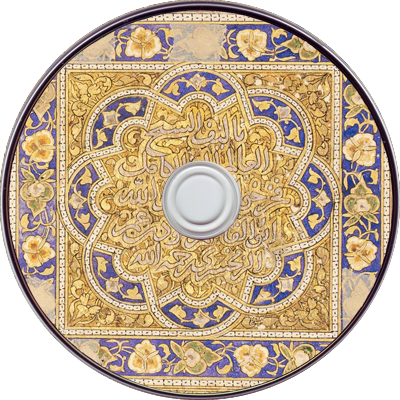
On this page you can see content of various publications of Picatrix (6 total) in one zip archive.
The Ghayat al-Hakim fi'l-sihr, or Picatrix, as it is known in the West, is an important Arabic magical text. It is perhaps the largest and most comprehensive of the grimoires, or handbooks of magic. The attribution to the Andalusian mathematician al-Majriti (or al-Madjriti) (d. ca. 1004-7) is considered pseudo-epigraphic. The Latin translation dates to 1256 and the court of Alphonso the Wise, king of Castille, and exerted a considerable influence on Western magic thereafter. It is said that much of Ficino's astrological magic derives from the Picatrix (see I.P.Couliano, Eros and Magic in the Renaissance, University of Chicao Press, 1987, p. 118). The Picatrix is mentioned by Johannes Trithemius in Book 2 of his notorious Steganographia (1500) and in his Antipalus Maleficiorum (c. 1500). One copy (British Library, Sloane manuscript 3679) passed down from Simon Forman (d. 1611) to Richard Napier (d. 1634) to Elias Ashmole (d. 1692) to William Lilly (d. 1681).
According to the prologue of the Latin translation, Picatrix was translated into Spanish from the Arabic by order of Alphonso X of Castile at some time between 1256 and 1258. The Latin version was produced sometime later, based on translation of the Spanish manuscripts. It has been attributed to Maslama ibn Ahmad al-Majriti (an Andalusian mathematician), but many have called this attribution into question. Consequently, the author is sometimes indicated as "Pseudo-Majriti". The Spanish and Latin versions were the only ones known to western scholars until Wilhelm Printz discovered an Arabic version in or around 1920.
About This Catalog & How To Use It.


